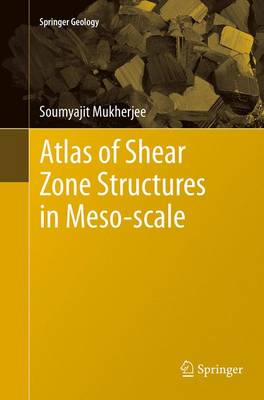Springer Geology
2 total works
Study of structures associated with shear zones is a crucial aspect to understand the deformation mechanism associated with such zones. Shear zones have been emphasized since it will lead to many latest applied studies such as radioactive waste disposal, groundwater flow etc. For the sake of brevity, research papers cannot show all possible variation in structures found in shear zones. The proposed book aims to present some of these structures in great details with attractive colour photographs. Each photograph will have a comprehensive caption.
Since the landmark paper by the Dalhousie University research group (2001, Nature) on coupled thermal–mechanical channel flow extrusion of the Higher Himalaya, there has been an intense debate on the validity and modifications of this extrusion mechanism. To understand this important ductile deformation process, one needs to grasp its fluid mechanical foundation. However, for the sake of brevity, research papers present key equations and not their detail derivations. To fill the gap, this book starts with basic fluid mechanics of channel flow and explains their ‘working principles’ by solving a number of problems. It also summarizes our current understanding of the mountain building processes related to channel flow. The book uses an easy language to help non-specialists and undergraduate students. It will be an ideal book for those geoscientists with little mathematical background who need to deal with this deformation mechanism in their research work.

